World Fine Art Professionals and their Key-Pieces, 435 - Jarik Jongman
World Fine Art Professionals and their Key-Pieces, 435 – Jarik Jongman
The work of Natasja Alers and Jarik Jongman was on display in the Metamorphosis exhibition at the GoMulan Gallery in Amsterdam. A combination of sculptures of body parts and paintings of buildings – partly charred. Two extremes that have something in common: metamorphosis. In Jongman’s case, a metamorphosis in which nature takes hold of reality, which is further enhanced by the partial burning of the painting.
Jarik Jongman was happy to provide some explanation. “I currently paint many dilapidated interiors and interior spaces of abandoned buildings that have been taken over by nature. The paintings of these contemporary ruins, sometimes partly collapsed or burned out, exude an atmosphere of peace and melancholy, of resignation to the inevitability of the end of things. But every ending is also a new beginning and thus it also refers to the continuous transformation and cyclical processes of nature.”
Transformation, absurdism and existentialism
Over time he has addressed different ideas in his work using different styles and techniques. Themes that emerged included cinema, politics, and history and the associations they brought about in him. And he was also fascinated by more abstract themes such as ontology (the part of philosophy that investigates the essence that lies behind perceived reality), transformation, absurdism and existentialism.
He used his own photos, but also items he found at flea markets and antique stores. And he also came across interesting things/images on the internet. Architecture often appeared in this, he says.
Does Jarik have a key work?
“I don’t really have a key work, but if I had to mention something it would actually be the moment, a few years ago, that I started combining my figurative style with abstraction, with collage-like elements; that everything became a bit looser. For example, recently I burned parts of my work. I find that lack of control exciting and it produces great results.”
Because he tries to represent different ideas in his paintings, this also requires different approaches. “I often make a series of works on a subject that I then use again later, in a different context.”
Waiting rooms
For example, he has a series of work entitled Phenomena, about mysterious phenomena in motel rooms, or the series Waiting rooms, about the idea of ‘waiting’. “Think of Beckett’s Waiting for Godot. Waiting for things that don’t come. Hopeless, absurd, pointless. Maybe waiting (for the end) is, in a sense, all we really do in life. I find it interesting to see how people navigate between the underlying idea that life is meaningless while trying to make something of it. Then the meaning of life is a purely personal interpretation of that concept. It may well be that existence is objectively ‘meaningful’, but we cannot know that for sure, despite all religious and philosophical concepts: they are only assumptions.”
He sees a parallel between painting and life. “When you start, the possibilities are endless. Gradually it becomes a process of elimination and you end up with a compromise, after which you have to move on to the next work.
Fortunately, that keeps you busy.”
Exhibitions and prizes
After studying at the Art Academy in Arnhem, Jarik Jongman worked as an assistant to Anselm Kiefer in France. Since then he has exhibited regularly at home and abroad, including in Berlin, London, New York, Jerusalem and twice in collateral events at the Venice Biennale, in 2009 and 2011.
In 2010 he won (shared) first prize of the UK National Open Art Competition with jury chairman Gavin Turk. His work was selected for the Threadneedle prize and the John Moore’s prize and shown at the Liverpool Biennale in 2012. In 2017 he won the prestigious Luxembourg Art Prize.
Philosophy
Finally, what is his philosophy, if it hasn’t already been discussed?
Jarik Jongman: “Every end is also a new beginning and thus refers to the continuous transformation and cyclical processes of nature.”
Images
1) Interior (2), 160 x 200 cm. Oil paint, mounting kit (burned) on canvas, 2023, 2) Not with a Bang but a Whimper, 80 x 80 cm. Oil on canvas, 2023, 3) Interior (1), 60 x 80 cm. Oil paint, plaster, ash, mounting kit (burned) on canvas, 2023, 4) Waiting room (10), 80 x 100 cm. Oil paint, plaster, mounting kit (burned) on panel, 2023, 5) Waiting room (11), 100 x 140 cm. Oil on canvas, 2023, 6) Waiting room (9), 114 x 142 cm Oil paint, mounting kit (burnt) on panel, 2023, 7) The procession (1), 140 x 200 cm. Oil on canvas, 2021, 8) The uprising, 225 x 400 cm. Oil paint and latex on PVC, 2020, 9) The procession (2), 200 x 450 cm, (triptych: 3 x 200 x 140 cm.) Oil on canvas, 2021, 10) portrait Jarik Jongman. Photo’s 1 to 5 made by Jonathan de Waard/Go Mulan gallery
https://www.jarikjongman.com/https://www.instagram.com/jarikjongman/www.linkedin.com/in/jarikjongmanhttps://www.gomulangallery.com/https://inzaken.eu/2023/09/14/jarik-jongman-wachten-is-in-zekere-zin-de-kern-van-het-leven/
Disclaimer: The views, opinions and positions expressed within this guest article are those of the author Walter van Teeffelen alone and do not represent those of the Marbella Marbella website. The accuracy, completeness and validity of any statements made within this article are not guaranteed. We accept no liability for any errors, omissions or representations. The copyright of this content belongs to Walter van Teeffelen and any liability with regards to infringement of intellectual property rights remains with the author.

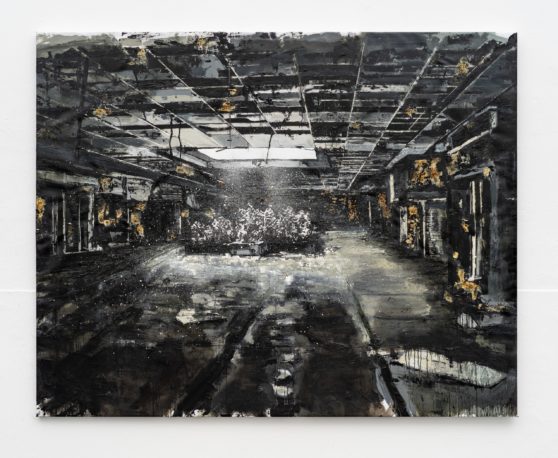
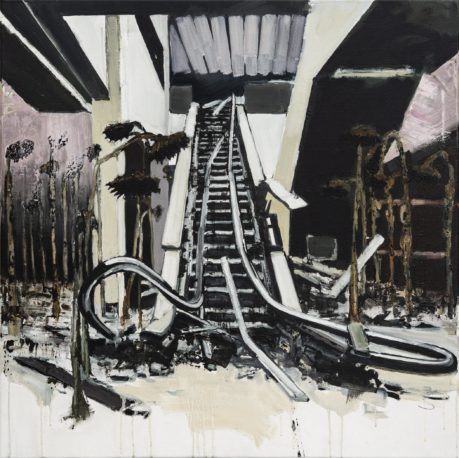
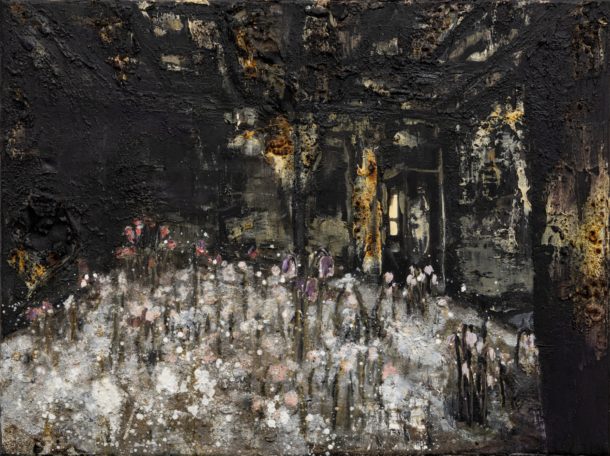
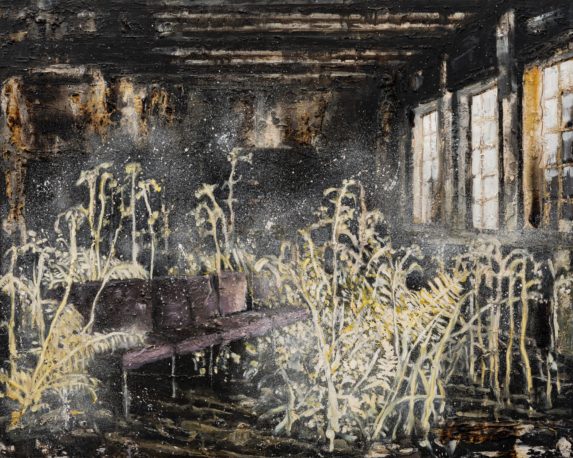
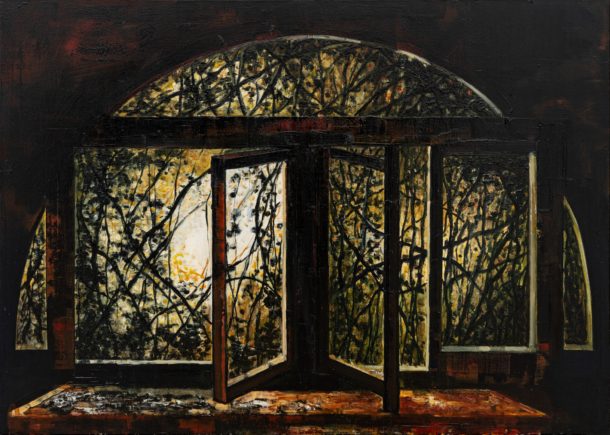
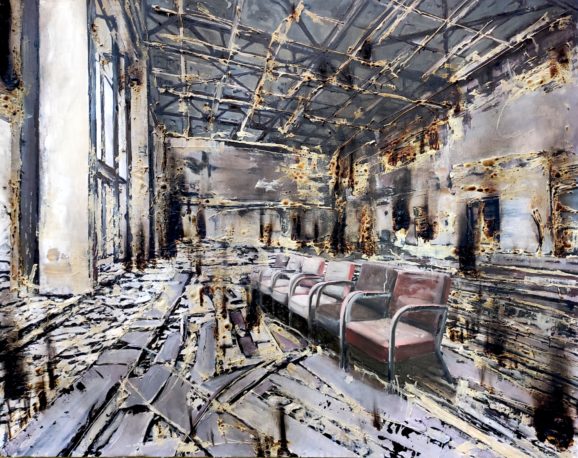

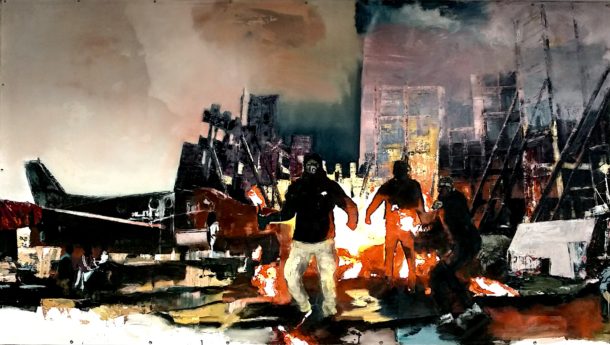
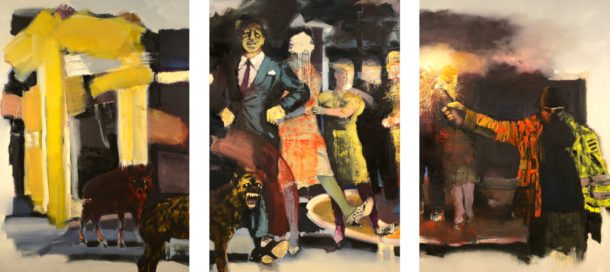















The opinions expressed by individual commentators and contributors do not necessarily constitute this website's position on the particular topic.